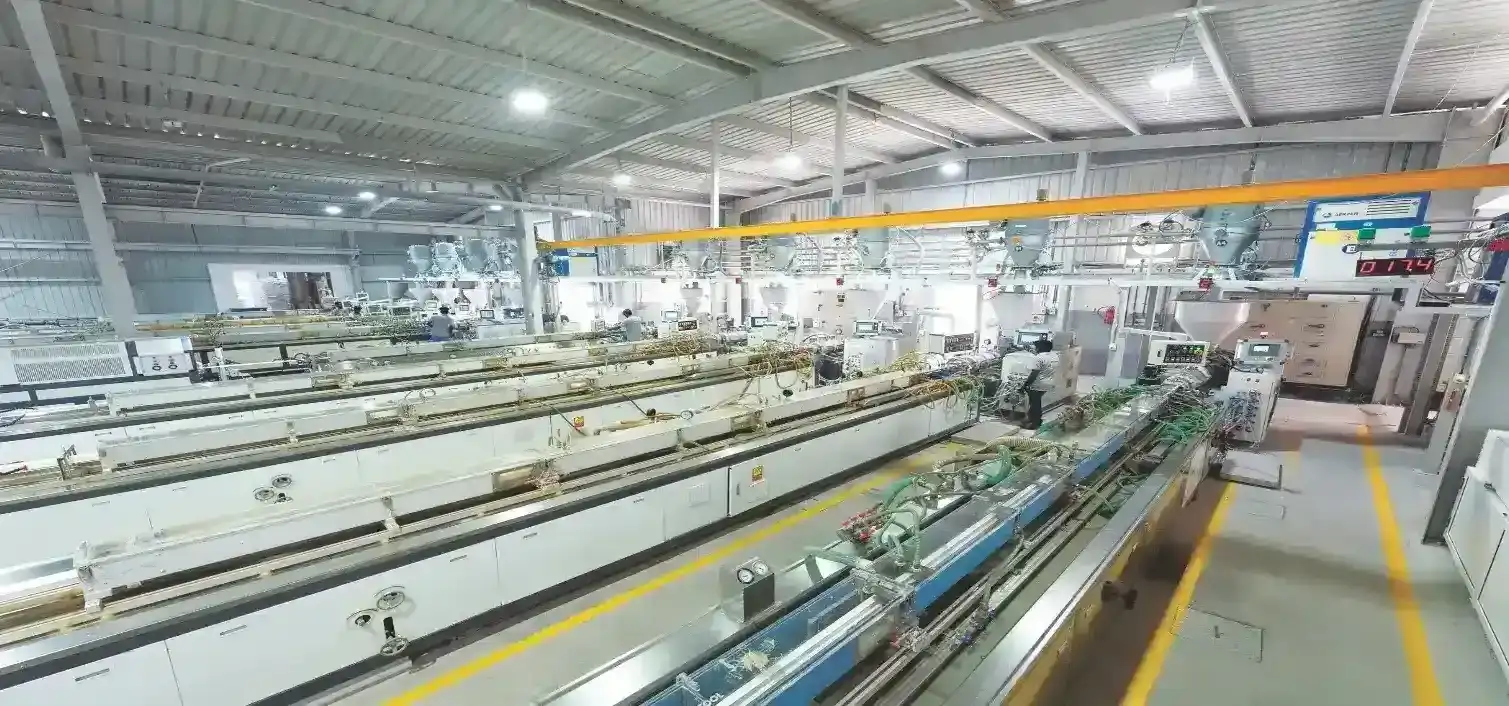In contemporary architecture, façades do far more than shape the visual identity of a building—they regulate performance, influence occupant comfort, and define a project’s environmental footprint while catering to its aesthetics. As architects, we are no longer simply skinning buildings with stylistic veneers or false façades; we are engineering interfaces between inside and outside, art and science, and static form and dynamic function.

Central to this evolution is fenestration—the placement and detailing of windows, curtain walls, and shading elements. A well-designed façade and fenestration strategy can reduce energy consumption, improve daylight autonomy, enhance user well-being, and even extend a building’s lifespan.
But achieving this level of performance requires more than intuition. It demands an integrated design process supported by powerful tools—digital platforms, parametric workflows, and performance simulations—that enable us to test, iterate, and optimize like never before.
This article explores how these tools, when coupled with sound design principles, empower architects to create façades that are not only efficient and code-compliant but also elegant, expressive, and future-ready.
Why Façades Matter More Than Ever
A building’s façade is its most visible element, yet its performance impact is equally profound. Consider the multiple roles it must fulfill:
- Environmental Mediator: The façade controls light, heat, air, and moisture transfer between interior and exterior environments.
- Cultural Communicator: It expresses context, materiality, and identity.
- Energy Gatekeeper: Façades and windows influence HVAC loads, daylight penetration, and solar gain more than any other element.
- User Interface: Through views, ventilation, and light, the façade directly affects occupant experience.
In the age of climate urgency and wellness design, the façade is a critical battleground. And thanks to evolving tools, we now have the means to design them with unprecedented precision and intelligence.

Digital Tools Transforming Façade Design
- BIM Platforms: Revit and ArchiCAD Building Information Modelling (BIM) platforms like Autodesk Revit and Graphisoft ArchiCAD form the backbone of modern façade workflows. They enable us to model systems in 3D with embedded data—thermal performance, material specifications, cost estimates, and more.
Curtain wall assemblies, panelized cladding, and custom glazing modules can be developed with detailed geometry and performance attributes. These models form the basis for collaboration across disciplines—architects, engineers, contractors, and fabricators.
Benefits:
- Unified modelling and documentation.
- Enhanced clash detection and constructability reviews.
- Integrated cost, schedule, and performance data.

- Parametric Modelling: Rhino + Grasshopper
For façades that require complexity, variation, or responsiveness, Rhino and Grasshopper are indispensable. These tools allow us to define rule-based geometries that adapt to environmental data, view corridors, or programmatic requirements.
With parametric modelling, sun-shading systems can be optimized based on solar orientation, or perforated panels can adjust their openness based on daylight needs or visual privacy.
Benefits:
- Rapid generation and refinement of form.
- Logic-based control over façade elements.
- Seamless integration with performance analysis plug-ins.
- Performance Simulations: Solar Tracking and Heat Gains
A façade that looks good but performs poorly is no longer acceptable. Tools like Ladybug and Honeybee (Grasshopper plug-ins) allow us to analyse daylight autonomy, glare, solar heat gain, and energy use directly within the design process.
For concept-level analysis, software enables quick feedback on HVAC loads, glazing efficiency, and shading strategies. These tools model airflow, thermal bridging, and material behaviour with high fidelity.
Benefits:
- Informed decision-making from early design phases
- Quantifiable validation of passive strategies
- Better alignment with green building certifications (LEED, IGBC, GRIHA)
Digital Fabrication & Detailing: Catia, Inventor, Tekla Structures
As façade systems become more bespoke, the need for precision in detailing has increased. Software tools enable high-resolution 3D modelling of custom panels, unitized curtain walls, and kinetic shading systems.
These platforms also support digital fabrication, allowing direct collaboration with manufacturers and fabricators. They help translate complex geometries into rationalised, buildable systems.

Benefits:
- Fabrication-ready models with embedded data.
- Reduced errors in manufacturing and installation
- Cost savings through material efficiency and modularity
Strategies For Effective Façade And Fenestration Design
While tools enable performance, strategy ensures relevance. Here are key principles that guide efficient, context-sensitive façade design:
- Climate-Responsive Design: Design begins with context. Orientation, solar path, and prevailing winds must inform every decision—from glazing ratios to shading devices. Use local climate data to tailor thermal performance, maximize daylight, and minimize glare.
- Rationalization and Modularity: Façades composed of repetitive, standardized modules are more cost-effective and constructible. Rational geometry reduces fabrication time, material waste, and installation errors.
- Integrated Shading Systems: Rather than treating shading as an afterthought, design it as an integral element. From brise-soleil to double-skin façades, effective solar control improves energy use and visual comfort.
- Smart Material Choices: Material selection should consider not just aesthetics but also thermal behaviour, durability, and embodied carbon. High-performance glazing, fibre cement panels, terracotta rainscreens, and bio-based composites offer strong performance with reduced impact.
- User-Centric Transparency: Balance view, daylight, and glare. Façade systems should prioritize human comfort—providing visual connection to nature while managing brightness and privacy. Operable windows or adaptive systems further enhance occupant control and satisfaction.

Looking Ahead: Toward Adaptive, Data-Driven Envelopes
The future of façade design lies not in more tools, but smarter use of them. Emerging technologies like AI-assisted design, real-time environmental sensors, and digital twins will soon enable façades to adapt in real time—adjusting shading, ventilation, and opacity in response to weather, occupancy, and daylight.
But even as technology evolves, the architect’s role remains irreplaceable. Tools can inform and accelerate, but it is our vision, empathy, and contextual understanding that turn data into design.
Conclusion: Designing With Purpose And Precision
Façades are no longer static exteriors—they are performative systems that shape experience, regulate energy, and respond to climate. By integrating the right tools with deliberate strategies, architects can create façades that are not only efficient and compliant but also beautiful, sustainable, and responsive.
In the end, façade design is a synthesis of form and function, art & analysis, and vision and verification. And with the right mindset and the right tools, we can design façades not just for today’s needs, but for tomorrow’s challenges.
Case Study
| Parametric Harmony And Material Contrast In The Elixys Suites Hotel Façade |
















